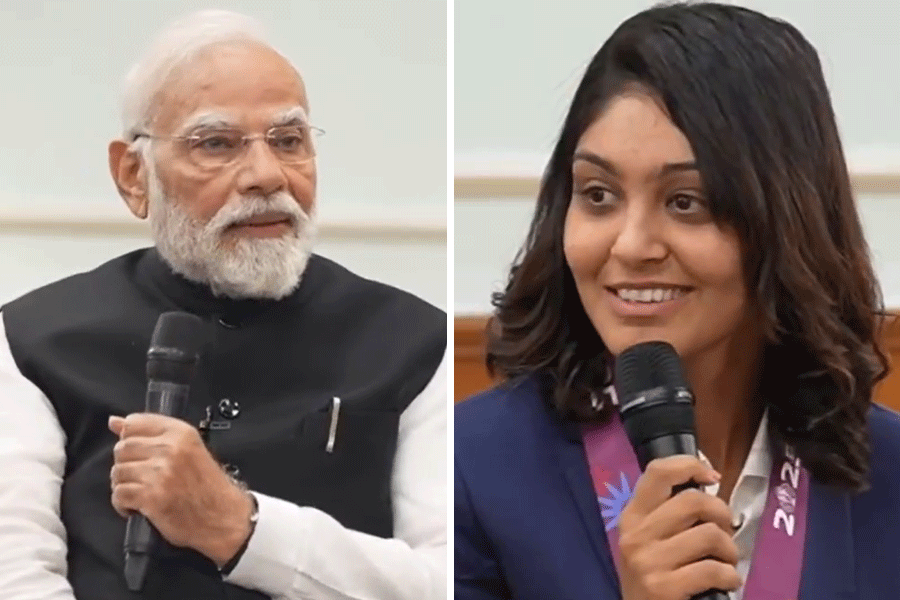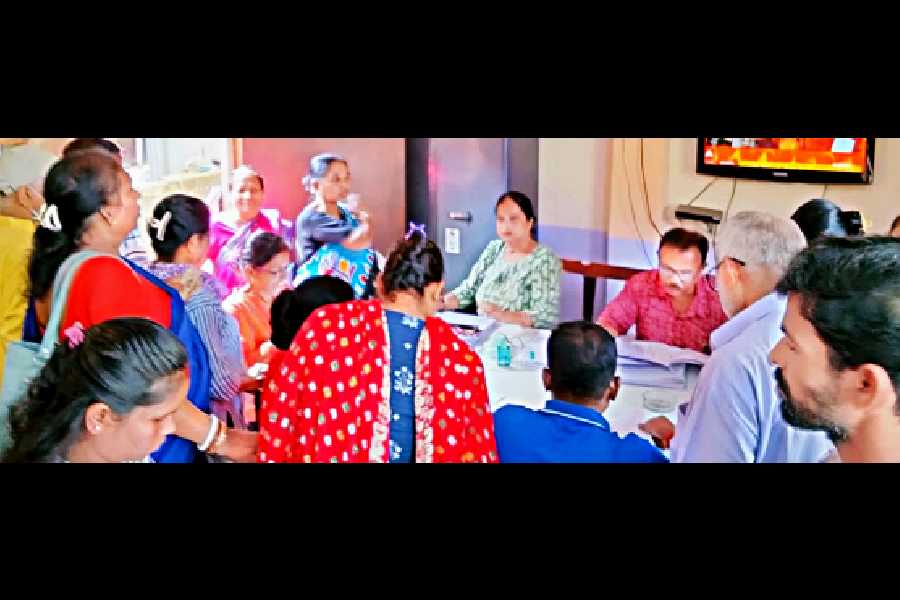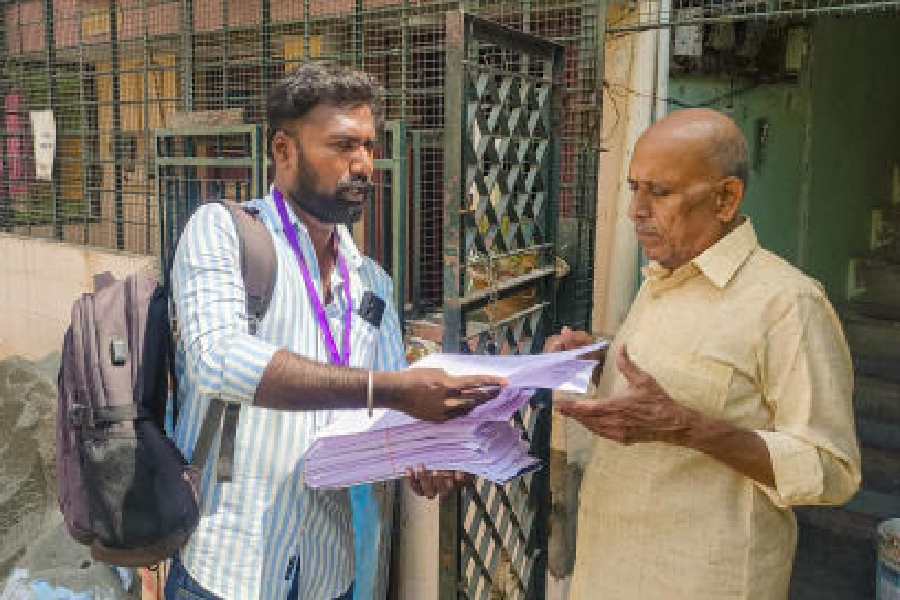The government has been working on a three-pronged strategy for the past two years to combat malnourishment among children but the results are yet to show.
According to the 2012-13 report of National Rural Health Mission, almost 80 per cent of children below five years of age in Bihar are malnourished. If one takes into account the children between the ages of 0 and 14 years, the state accounts for 58 per cent of malnourished children, against the national average of 46 per cent.
Admitting the challenges before the government, health department officials claim work is on to combat the malnutrition malaise. Health secretary Sanjay Kumar told The Telegraph: “Malnutrition is a major challenge before the government as nearly 80 per cent children below five years of age are anaemic. The government, in recent times, has although initiated several measures to combat the malaise.”
“Several factors, including unavailability of health services, absence of community workers, low institutional delivery and lack of access to cheap medicines, are responsible for high incidence of malnutrition in children. Social and cultural practices such as early marriage, too, contribute to Bihar’s high malnutrition rate,” he added.
As part of the government’s three-pronged strategy unveiled to combat malnutrition in the state around 2012, nutritional rehabilitation centres with 30 beds are running in all the 38 districts. The centres focus on acute malnourished children.
Programmes of the Integrated Child Development Scheme run by the social welfare department aim to change behavioural patterns leading to early marriage, insufficient age gap among children and lack of breastfeeding. The health department has also launched micronutrient programmes that include providing vitamin A capsules and iron supplements to pregnant women and ensuring they follow a balanced diet. The programme, running at every health sub-centre, aims to counter malnourishment at the micro level.
According to the recommendations of the National Commission on Macroeconomics and Health, 2005, Bihar needs 20 medical colleges to meet the population’s needs. Indian Medical Association, Bihar, president, Rajiv Ranjan said: “The state only has nine government medical colleges and around 1,000 medical teachers, including regular and contract faculty members. The low level of nutrition among children can be attributed to three factors — lack of pure drinking water, low level of nutritional education and the non-committal attitude of health professionals.”
Health secretary Sanjay claimed the department has initiated different measures to address the lack of health services, including building new primary health centres and appointing auxiliary nurse midwives on contract.
To take health services to the people’s doorsteps, the government has announced the opening of health sub-centres at every village. Till now, the government has set up village health sanitation committees, which oversee nutrition, public health, sanitation and environment protection, in 7,789 panchayats.










